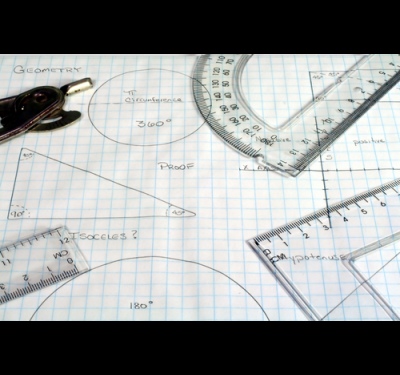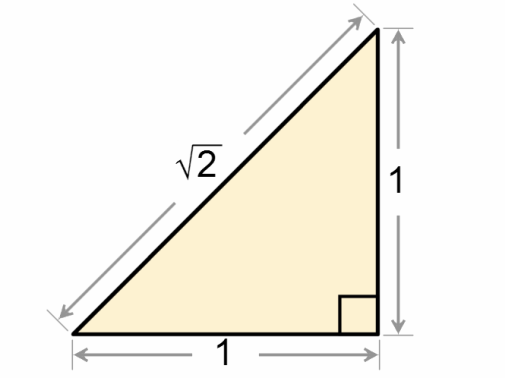Advice 1: How to find the leg in a right triangle
Instruction
The angles opposite the legs a and b will be denoted by A and B, respectively. The hypotenuse, by definition, is the side of a right triangle that is opposite to the right angle (at the same time, the hypotenuse forms acute angles with other sides of the triangle). Let us denote the length of the hypotenuse by s.
You will need:
Calculator.

Use the following expression to calculate the leg: a=sqrt(c^2-b^2), if you know the values of the hypotenuse and the other leg. This expression is derived from the Pythagorean theorem, which states that the square of the hypotenuse of a triangle is equal to the sum of the squares of the legs. The sqrt operator stands for taking the square root. The sign "^2" means raising to the second power.

Use the formula a=c*sinA if you know the hypotenuse (c) and the angle opposite the desired leg (we designated this angle as A).
Use the expression a=c*cosB to find the leg if you know the hypotenuse (c) and the angle adjacent to the desired leg (we designated this angle as B).
Calculate the leg using the formula a = b * tgA in the case when the leg b and the angle opposite the desired leg are given (we agreed to denote this angle A).

Note:
If in your task the leg is not found by any of the described methods, most likely it can be reduced to one of them.

Helpful Hints:
All these expressions are obtained from the well-known definitions of trigonometric functions, so even if you forgot one of them, you can always quickly derive it with simple operations. Also, it is useful to know the values of trigonometric functions for the most typical angles 30, 45, 60, 90, 180 degrees.

A square triangle is more accurately called a right triangle. The relationships between the sides and angles of this geometric figure are discussed in detail in the mathematical discipline of trigonometry.

You will need
- - paper;
- - pen;
- - Bradis tables;
- - calculator.
Instruction
Find side rectangular triangle using the Pythagorean theorem. According to this theorem, the square of the hypotenuse is equal to the sum of the squares of the legs: c2 \u003d a2 + b2, where c is the hypotenuse triangle, a and b are its legs. To apply this equation, you need to know the length of any two sides of a rectangular triangle.
If the conditions specify the dimensions of the legs, find the length of the hypotenuse. To do this, use a calculator to extract the square root of the sum of the legs, each of which must first be squared.
Calculate the length of one of the legs, if the dimensions of the hypotenuse and the other leg are known. Use a calculator to find the square root of the difference between the squared hypotenuse and the known leg, also squared.
If the hypotenuse and one of the acute angles adjacent to it are given in the problem, use the Bradys tables. They give the values of trigonometric functions for a large number of angles. Use the calculator with sine and cosine functions, as well as trigonometry theorems that describe the relationship between the sides and angles of a rectangular triangle.
Find the legs using the basic trigonometric functions: a = c*sin α, b = c*cos α, where a is the leg opposite to the angle α, b is the leg adjacent to the angle α. Calculate the size of the sides in the same way triangle, if the hypotenuse and another acute angle are given: b = c*sin β, a = c*cos β, where b is the leg opposite to the angle β, and is the leg adjacent to the angle β.
In the case when the leg a and the acute angle β adjacent to it are known, do not forget that in a right triangle the sum of the acute angles is always equal to 90°: α + β = 90°. Find the value of the angle opposite to the leg a: α \u003d 90 ° - β. Or use the trigonometric reduction formulas: sin α \u003d sin (90 ° - β) \u003d cos β; tg α = tg (90° - β) = ctg β = 1/tg β.
If the leg a and the acute angle α opposite to it are known, use Bradis tables, a calculator and trigonometric functions to calculate the hypotenuse using the formula: c=a*sin α, leg: b=a*tg α.
Related videos
Sources:
- How to find the sides of a right triangle by leg and acute angle?
Tip 3: How to find an acute angle in a right triangle
Directly carbonic the triangle is probably one of the most famous geometric figures from a historical point of view. Pythagorean "pants" can only compete with "Eureka!" Archimedes.





